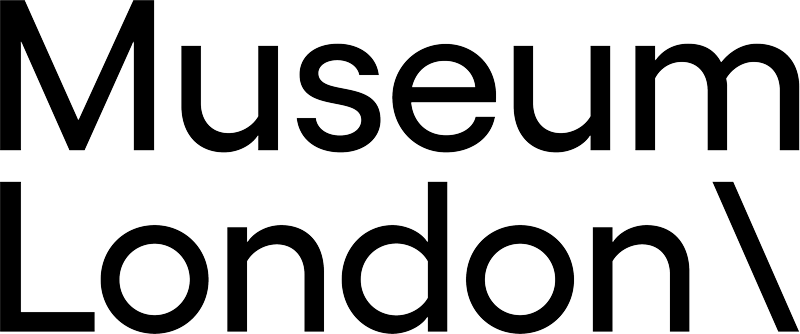"I Saw the Site!" T-Shirt
Date1976
Dimensions47.5 x 50 cm
Credit LineGift of Judith and Wilson Rodger, London, Ontario, 2014
Object number2014.001.016
Label TextOn Sunday October 3, 1976, an estimated 4000 London residents gathered to celebrate the site of the new art gallery at Ridout and Dundas Street, London, Ontario. The event included food, art and entertainment. The Art Gallery Assocation hoped to raise funds for the new 5.5. million art gallery project.
Two ads ran in the "London Free Press" promoting the site party. On Saturday October 2nd, the ad reads, “We’re Having A Party Tomorrow Afternoon, 12:30 – 3:30 on the Site of the Future Art Gallery”. The ad announces that T-Shirts will be for sale:
T-Shirts with the slogan “I Saw The Site” will be sold @ 2:00 each, both children’s and adult sizes available.
Balloons bearing the slogan ‘I Saw The Site’ were also given away.
The fundraising party included art rental booths, the Gallery Shop, and art demonstrations. Much of London was celebratory after almost two decades of debate around the creation and planned location of an art museum.
London expanded in the 1960’s and services wished to expand. At that time, the library and art museum were housed under one roof. In 1961, Deane Kent, the Director of the Library and Museum Board, asked the city of London for a grant to expand the library. Clare Bice, art museum curator, wished to expand the Art Museum by adding a wing to the existing building.
Jake Moore, President of John Labatt Ltd., favored a new and separate art gallery. In January1964, the Citizen’s Advisory Committee, chaired by Moore, asked London’s City Council to make as its official centennial project the construction of a separate art gallery.
After years of debate, in 1969 the Library and Museum Board agreed to the establishment of a London Art Gallery Association that could act in the interest of the art gallery. By the end of the 1960’s the question of where the art gallery would be located would create divisions within the community and would be debated.
In the 1970’s, a London businessperson, Peter Ivey, introduced the idea of converting the old jail and courthouse, at the Forks of the Thames, into a new art center. A local artist, and professor, Philip Aziz put together a proposal that came to be known as the Ivey/Aziz plan. In 1972 the London Art Gallery Association learned City Hall was considering the property immediately north of the new Centennial Hall, owned by London Life, as the site for the new gallery. The London Art Gallery association selected the property behind Centennial Hall as their first choice for the new gallery.
Ivey / Aziz continued to work on plans for the Forks of the Thames forming the Middlesex Court Centre board. They envisioned turning the building into a space with restaurants, a wax museum, park, etc.. In 1975, Queens Park promised 2.5 million dollars towards the restoration if the City of London approved. The City did not approve.
At the same time, City of London made a deal with Jake Moore. Moore wished to donate his art collection valued at approximately $1,000,000.00 toward a new art gallery as well as gift of $200,000 to the Corporation of the City of London if conditions were met. Conditions included matching his cash gift and making a site available for the construction of a new art gallery.
Soon after Mayor Bigelow dropped a bombshell, “the city agreed to donate the forks land – which it already owned – as a site for the new gallery. Behind the move lay the powerful figure of Jake Moore …" The mayor said the city did not do anything deceitful and was following the London Art Gallery Assocation's lead to keep the deal secret until a public announcement.
With the future of a new art gallery in reach a site party commenced.
NameT-Shirt









